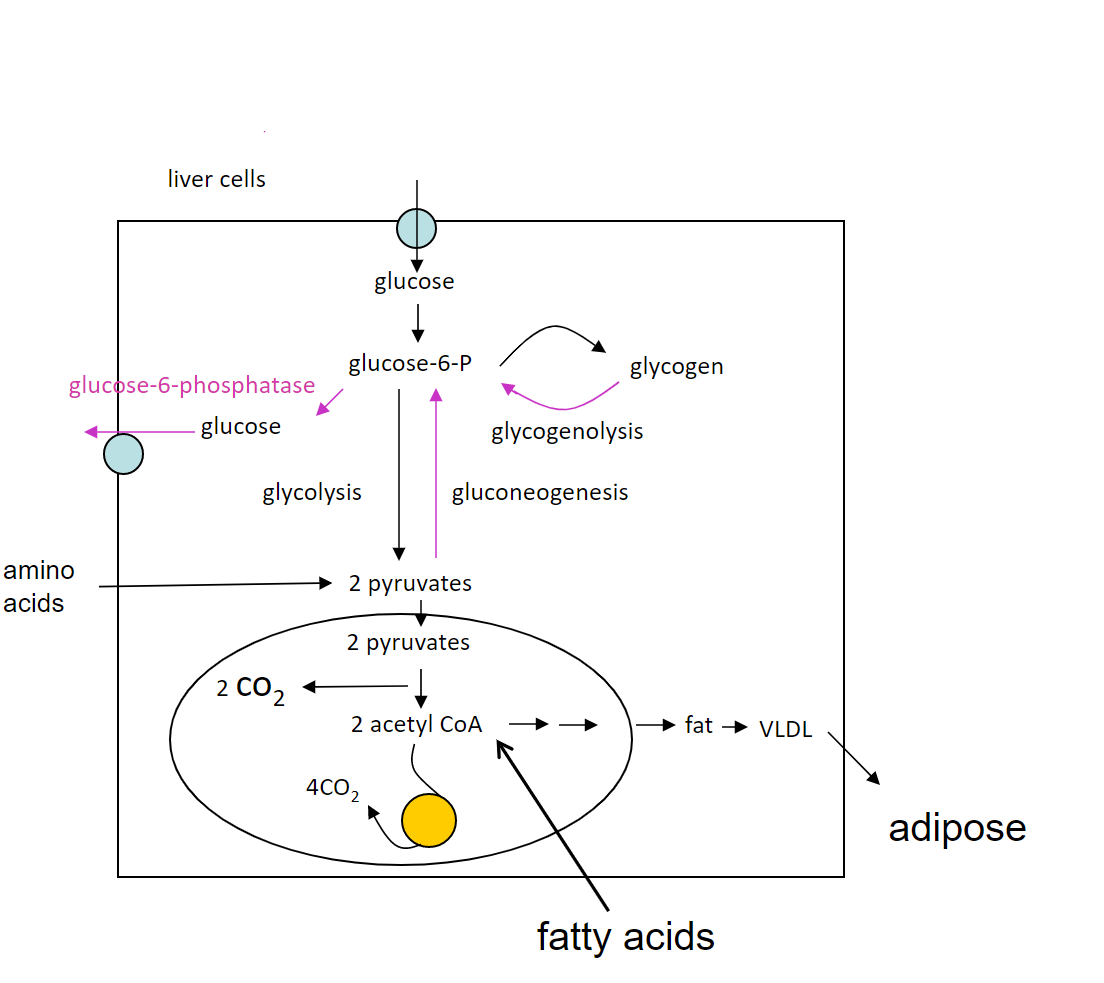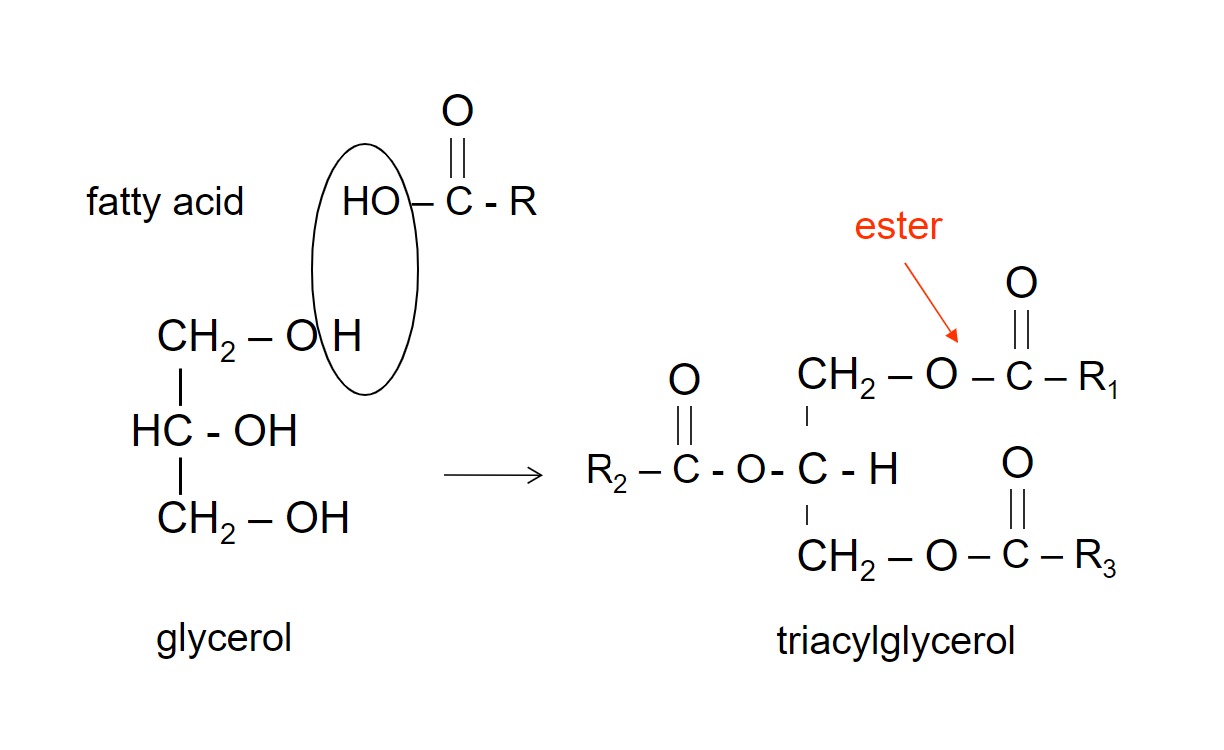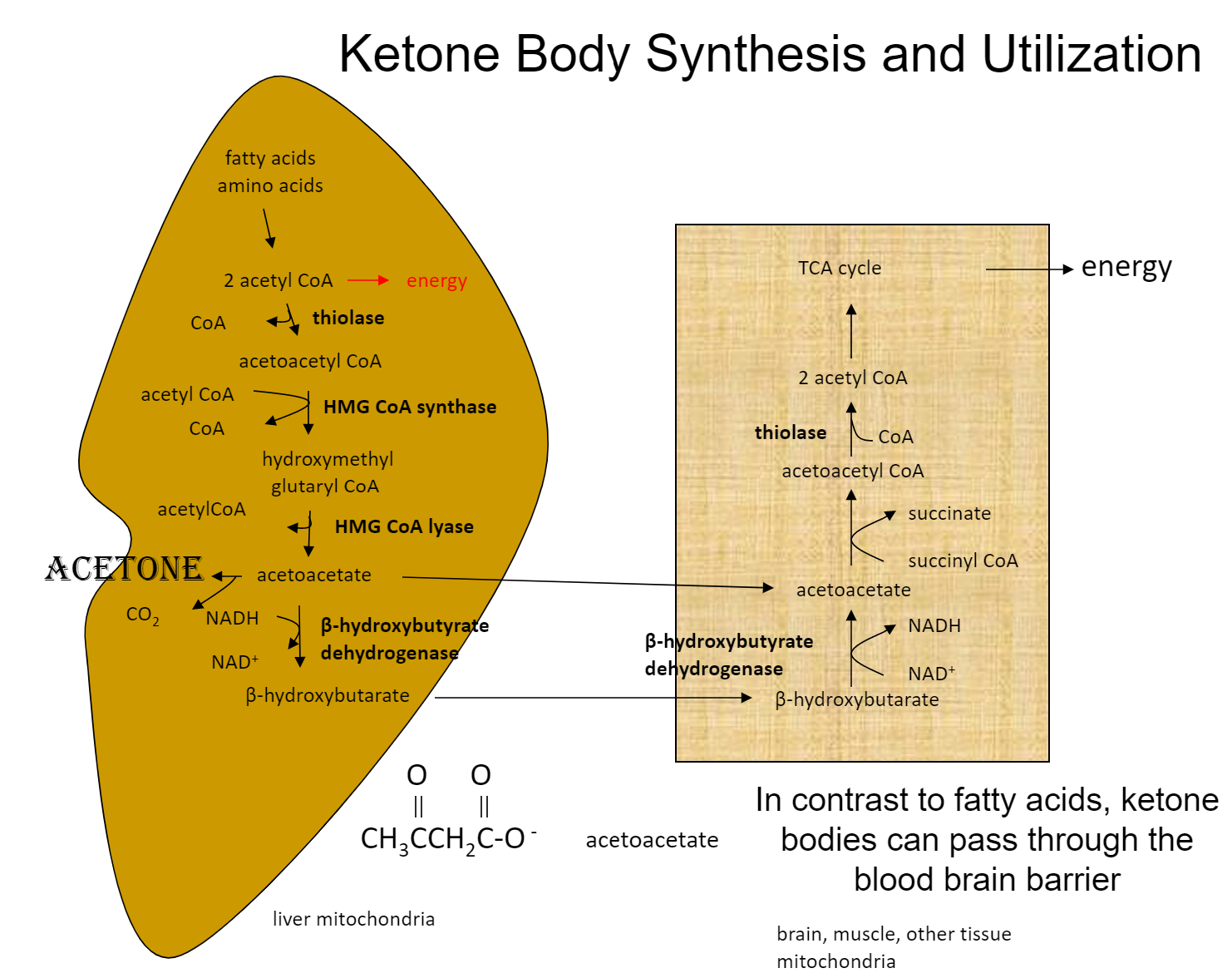Nutrition/Metabolism Part 2
Energy Expenditure
- basal metabolism- involuntary processes required for life
- makes up 60-75% of energy expenditure
- includes breathing, circulation, regulating body temperature, making tissues, waste removal, nerve signals
- basal metabolic rate (BMR)- rate of energy expenditure under energy conditions
- influenced by weight, gender, age, exercise, hormones, fasting
- lean body mass (muscle) has a higher BMR than fat body mass
- as you age, lean body mass decreases → so BMR decreases too
- men tend to have higher BMR than women because they generally have more lean body mass
- total energy expenditure = BMR + energy used in digestion/absorption + activity level
Energy Balance
- energy balance- when energy consumption equals energy expenditure
- results in weight maintenance
- negative energy balance- when energy intake is less than energy expenditure
- results in weight loss
- positive energy balance- when energy intake is more than energy expenditure
- results in weight gain
Protein Metabolism
- Protein is an essential nutrient
- Proteins are made of 20 different amino acids
- There are 9 essential amino acids that cannot be made by the body and must be obtained from the diet
- When we eat protein, that gets broken down into amino acids that circulate in the bloodstream.
- The amino acids then go inside cells to synthesize our own proteins
- The proteins we synthesize can last for varying amounts of time
- proteins like hemoglobin or collagen in the bones can last for a long time
- regulatory proteins may only be around for a little while before they are degraded
- the longevity of a protein can be expressed by its half-life- the amount of time it takes for 50% of the protein sample to be degraded
- We can also use proteins to synthesize other nitrogen-containing compounds such as the nitrogenous bases of DNA
- If our protein intake fulfills the needs of replenishing the amino acid pool and synthesizing nitrogen-containing compounds, the amino acids get broken down into ammonia and the carbon skeleton
- ammonia is highly toxic and is made into urea in the liver and kidneys
- urea is eliminated in the urine
- the carbon skeletons get stored as fat in the fed state
- in the fasting state, the carbon skeletons can be used in 2 ways
- the carbon skeletons of ketogenic amino acids can be modified into a compound that directly is used in energy production
- the carbon skeletons of glucogenic amino acids can be modified into glucose
Carbohydrates
2 main types- sugars (mono or disaccharides) and fiber (usually plant polysaccharides)
starch and glycogen are glucose polysaccharides
starch is a glucose polymer where the glucose molecules are joined together in α-1,4 glycosidic linkages (a bond between carbon 1 of one glucose molecule and carbon 4 of another glucose molecule where the OH on carbon 1 points below the ring)
**glycogen **is a glucose polymer where the glucose molecules are joined together in
α-1,4 linkages and α-1,6 glycosidic linkages (a bond between carbon 1 of one glucose molecule and carbon 6 of another glucose molecule where the OH on carbon 1 points below the ring)
cellulose is a glucose polymer where the glucose molecules are joined together in β-1,4 glycosidic linkages (a bond between carbon 1 of one glucose molecule and carbon 6 of another glucose molecule where the OH on carbon 1 points below the ring)
- cellulose is indigestible in humans because we do not make an enzyme to digest β-1,4 glycosidic linkages
- cellulose passes through the gut and gives bulk to stool
Fiber and Health
- Fiber is important in the diet because it helps with
- normalizing bowel movements
- help maintain bowel health
- lower risk of hemorrhoids/diverculitis
- lower risk of colon cancer
- soluble fiber (fiber that dissolves in water) lowers serum cholesterol
- fiber can also reduce blood pressure and inflammation
- whole grains control blood sugar levels better than refined carbohydrates
- help control weight
- more filling
- help you eat less
- longer duration of satiety
- increased fiber intake also reduces risk of death from cardiovascular disease and certain cancers
Why does there need to be glucose in the blood?
Red Blood Cells
- RBCs don’t do the krebs cycle or oxidative phosphorylation because their function is to transport oxygen, so they shouldn’t be using it
- RBCs have no mitochondria
- RBCs exclusively do anaerobic glycolysis
- basic rundown of glycolysis
- glucose gets phosphorylated to glucose-6-phosphate (G6P)
- G6P gets broken down into 2 pyruvates
- 2 pyruvates are then made into 2 lactates so 2 H+ is released to continue glycolysis
- This only nets 2 ATPs per glucose
Brain and Nervous Tissue
- nervous tissue carries out all 3 steps of cellular respiration (glycolysis, Krebs/Citric acid/TCA cycle, and oxidative phosphorylation)
- It is very dependent on glucose and cannot use fatty acids for energy
- fatty acids do not cross the blood-brain barrier easily
- during a prolonged fast, the brain can adapt to using ketone bodies for energy
Metabolism of Glucose
- insulin is released when blood glucose levels increase → fed state
- glucagon is released when blood glucose levels decrease → fasting state
- fatty acids provide the energy for gluconeogenesis to occur but the carbons themselves come from amino acids

Fats
fats are stored in the body as triglycerides- a glycerol molecule with 3 fatty acid chains
the H in the carboxylic acid of the fatty acid and OH of the glycerol are removed to make a bond between glycerol and the fatty acid- ester linkage
this happens 3 times because glycerol has 3 alcohol groups

Lipid Metabolism (Fasted State)
- hormone-sensitive lipase in adipose tissue gets activated by high glucagon & low insulin levels
- lipase breaks triglycerides into 3 fatty acids and glycerol by hydrolysis
- the fatty acids get bound to albumin to be released into the bloodstream
Ketone Body Synthesis & Utilization

- acetoacetate and beta-hydroxybutyrate are called ketone bodies because they have ketone groups in them
- acetoacetate can spontaneously break down into acetone
- acetone gives off sweet smell in breath/sweat/urine → how HCPs know when pt is in ketoacidosis